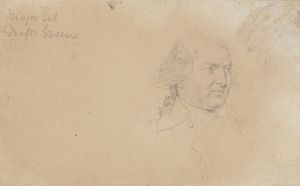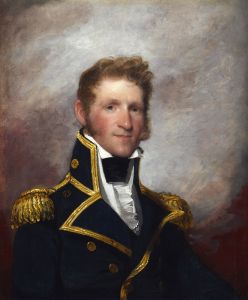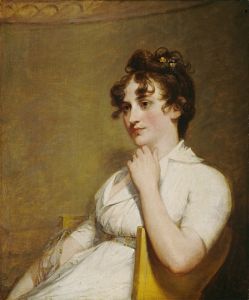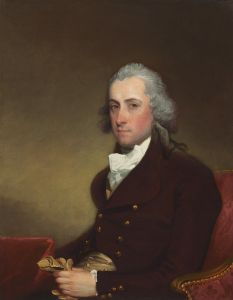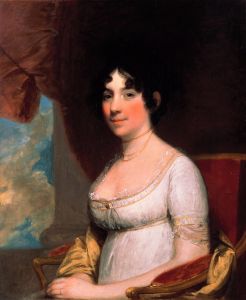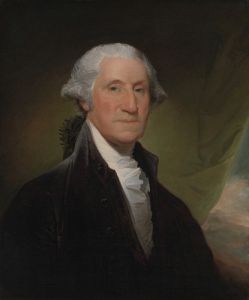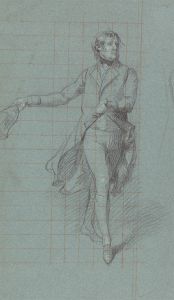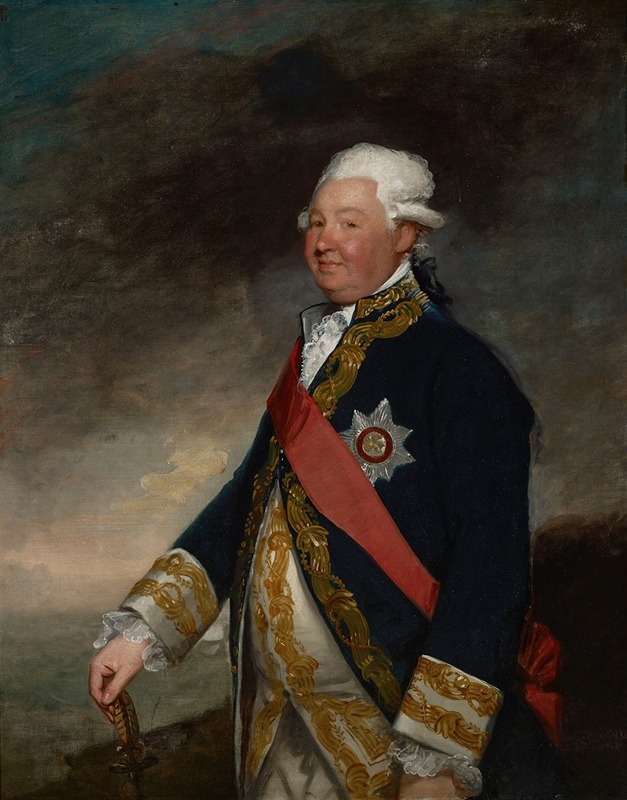
Vice-Admiral Edward Hughes
A hand-painted replica of Gilbert Stuart’s masterpiece Vice-Admiral Edward Hughes, meticulously crafted by professional artists to capture the true essence of the original. Each piece is created with museum-quality canvas and rare mineral pigments, carefully painted by experienced artists with delicate brushstrokes and rich, layered colors to perfectly recreate the texture of the original artwork. Unlike machine-printed reproductions, this hand-painted version brings the painting to life, infused with the artist’s emotions and skill in every stroke. Whether for personal collection or home decoration, it instantly elevates the artistic atmosphere of any space.
Gilbert Stuart, an eminent American portraitist, is renowned for his depictions of prominent figures in the late 18th and early 19th centuries. Among his works is the portrait of Vice-Admiral Edward Hughes, a distinguished officer in the British Royal Navy. This painting exemplifies Stuart's skill in capturing the likeness and character of his subjects, contributing to his reputation as one of the leading portraitists of his time.
Vice-Admiral Edward Hughes was a significant figure in the British naval history, particularly noted for his service during the American Revolutionary War and the conflicts in India. Born in 1720, Hughes had a long and illustrious career in the Royal Navy, eventually rising to the rank of Vice-Admiral. His naval career was marked by his command during the Anglo-French War in India, where he played a crucial role in the naval battles against the French fleet under the command of the Bailli de Suffren. These encounters were part of the larger struggle for control over colonial territories in India, which were of immense strategic and economic importance to both Britain and France.
The portrait by Gilbert Stuart captures Hughes in a manner befitting his status and achievements. Stuart's approach to portraiture was characterized by his ability to convey the personality and stature of his subjects through meticulous attention to detail and a keen understanding of character. In the portrait of Hughes, Stuart likely employed his signature style, which often included a focus on the sitter's facial expressions and posture, to convey the Admiral's authority and experience.
Stuart's portraits were highly sought after by both American and British patrons, and his ability to capture the essence of his subjects made his works enduringly popular. The portrait of Vice-Admiral Edward Hughes would have been no exception, serving as a testament to Hughes' naval career and his contributions to British maritime history.
The painting itself, like many of Stuart's works, would have been executed with a focus on realism and detail, capturing not only the likeness of Hughes but also the nuances of his character. Stuart's portraits are known for their lifelike quality and the subtle use of color and light to enhance the subject's features, a technique that would have been employed in the depiction of Hughes.
While specific details about the commission and current location of the portrait of Vice-Admiral Edward Hughes by Gilbert Stuart may not be extensively documented, the painting remains an important piece within the context of Stuart's oeuvre and the broader narrative of British naval history. Through this portrait, Stuart not only immortalized a key figure in the British Royal Navy but also contributed to the visual documentation of historical figures who played pivotal roles in shaping the course of history during a time of significant global change.





